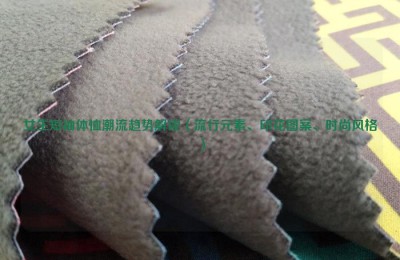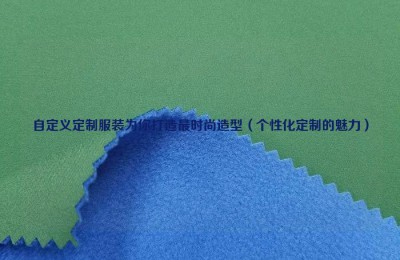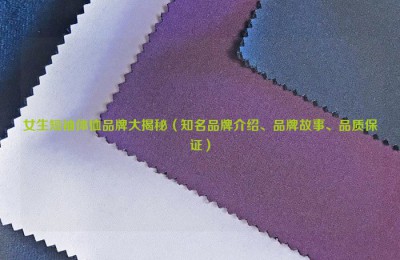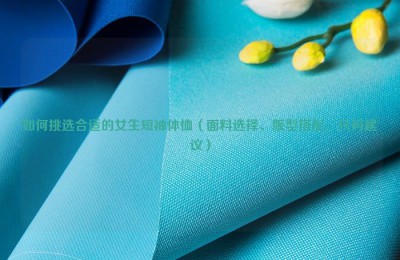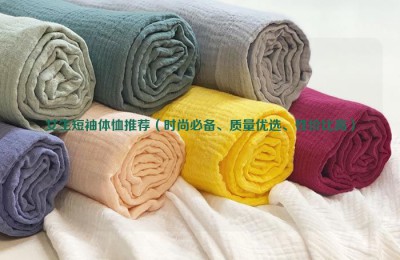Subject to international market constraints, Madagascar’s textile industry must import raw materials, which mainly come from Mauritius, China, Singapore, and Japan. It is worth mentioning that Madagascar’s textiles are mainly oriented to the US market, as well as European markets, mainly France, Germany, and the United Kingdom. Japan, which exports raw materials, is also one of the markets.
Asian countries, such as China and India, have gradually become Madagascar’s main competitors. As one of the African countries with the lowest wages in the world, the quality of Madagascar’s textiles is top-notch. According to data from the Madagascar Bureau of Statistics, the FOB price of Madagascar textiles in 2016 was 1.645 billion Ariary, and from January to September 2017, the FOB price exceeded 1.772 billion Ariary.
There are very few industries that provide jobs in Madagascar. The textile industry is one of them and drives the cotton industry. Companies that have received tax breaks have also received growing orders from Europe. The unfavorable factors for Madagascar’s textile industry are the fierce competition from China, the lack of deep-water ports, and the lack of direct sea routes… Despite this, Madagascar’s textile industry still maintains its competitiveness. Madagascar’s textile industry is extremely competitive
AAA Functional Fabrics Network EGRTHRTH

